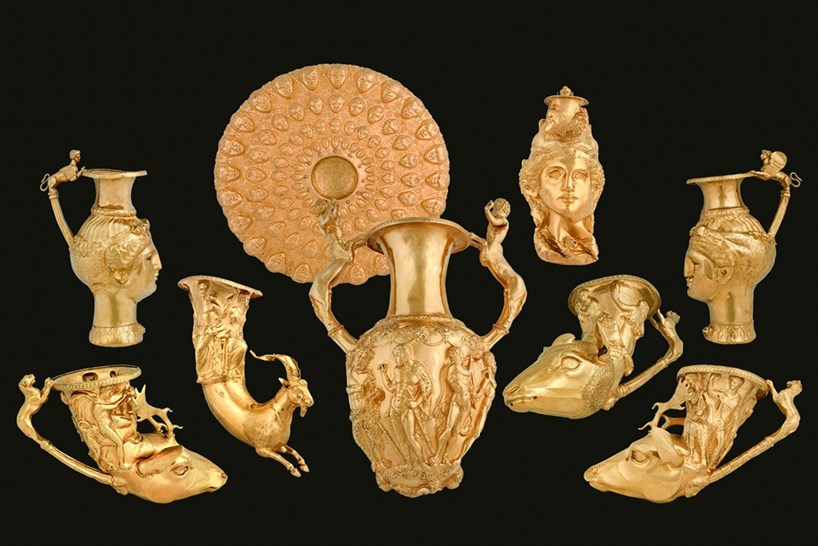FOR nearly 500 years, education at Oxford and Cambridge and in the grammar schools that were established after the suppression of the monasteries hinged on the study of theology and the Classics.
The glory — both academic and politic, to use two Greek words — that was the ancient world of the Mediterranean still dominates the account of the founding of European cultures. The slave-dependent societies of Athens and of the Roman Empire, within which Christianity rose to prominence, inform so much of our day-to-day world, in our debased democracies, that we need to be reminded of our heritage.
In Oxford, a powerful exhibition, “Labyrinth Knossos, Myth and Reality”, in the Ashmolean Museum (until 30 July) explores the history of Crete through the eyes of an Old Harrovian Maecenas-turned-archaeologist, Sir Arthur Evans, who uncovered Knossos and the supposed lair of the Minotaur in 1900. Bronze Age Crete continues to fascinate, even while its earliest known language (Linear A) has yet to be deciphered.
The show brings recently excavated artefacts that have not yet been exhibited in Greece, alongside those that Evan donated from his own rich collection. None has been loaned from Harrow School. There is now further evidence of human sacrifice in a society that was often thought to be peaceful.
 © Todo Dimitrov, National Museum of History, BulgariaThe Pangyurishte Treasure, which is on loan from Bulgaria for the British Museum’s exhibition
© Todo Dimitrov, National Museum of History, BulgariaThe Pangyurishte Treasure, which is on loan from Bulgaria for the British Museum’s exhibition
At Cambridge, the Fitzwilliam Museum has lately hosted “Islanders: The Making of the Mediterranean”, bringing together works of art from the second, fourth, and fifth largest islands in the Mediterranean (Cyprus, Crete, and Sardinia), covering a span of nearly 800 years before Christ.
Such societies were often fragile, but the detail on a copper-alloy model of a Sardinian masted vessel, with birds perched like rowlocks along the ship’s side, which was found at Orroli, suggests a confident sea-going nation from 1000 to 700BC. Terracotta statues from the open-air sanctuary at Agia Eirini found in 1929 and now split between the Medelhaus Museum in Stockholm and Nicosia, show an emerging cult within the ambit of Phoenicia.
The British Museum angles our view away from the Med towards the heart of the Ancient Near East in an attempt to grapple with an age-old problem. How did a small and short-lived nation state in the Greek peninsula take on the world’s then largest known empire in the fifth century? By concentrating on luxury and power, the organisers chart trade and economics with grand assurance.
The exhibition brings to life the artistic links between the cultures of the Asiatic peoples and those of Greece which John Boardman so clearly delineated in his 2015 book The Greeks in Asia (Thames & Hudson, New York), exploring how syncretism flourished. For instance, Herakles as Vajrapani and Tyche as Hariti flank a second-century-AD Buddha at Hadda. On a red-figure vase (about 400 BC) in the British Museum, Dionysos in Persian dress can be sitting side saddle on a Bactrian camel, attended by dancing Persian women. Zeus had staked out Prometheus in the Caucasus; so worship of the Greek gods can be found in both East and West.
“Luxury and Power: Persia to Greece” is at the British Museum, Great Russell Street, London WC1, until 13 August. Phone 020 7323 8000.
www.britishmuseum.org